We recently had an insightful conversation with Randy Fajrian, Associate Research Director at Kadence International’s Indonesia office.
With a decade of experience in consumer and market research, he shares his professional journey, provides insight into his role, and discusses the fascinating world of market research.
Randy, can you tell us more about the background of your professional journey leading up to your role at Kadence International?
Having spent a decade in consumer and market research, I’ve gained extensive experience across various roles. I began my career in ad and media agencies and later transitioned to working with research and consulting agencies. Throughout my journey, I’ve been involved in quantitative and qualitative research. I am now a part of the Kadence team, where I continue to apply my expertise in managing research projects.
How did you become interested in market research, and what motivated you to pursue this career path?
Ever since I took my college degree in social anthropology, I’ve been in love with research.
I am fascinated by the pursuit of identifying and exploring the unknown, unseen facts and unrevealed human behaviour to interpret those complexities into valuable insights.
My passion has guided me to keep following the route which leads to my professional career path as a researcher.
In your opinion, what are the core skills required to be successful in your new role as an Associate Research Director?
To ensure the success of an Associate Research Director, three crucial elements should stand out: strong leadership, exceptional communication skills, and effective problem-solving abilities. These qualities are critical for managing team and client expectations, even when an individual possesses exceptional research methodology and technical expertise.
Drawing an analogy to a football team, the Director plays the role of the team coach. They must provide clear direction and strategy to the team, fostering a shared purpose, dedication, and motivation among players with different roles and skill sets. By cultivating good team synergy, the Director can lead from the front, walking alongside every team member and encouraging collaboration to unlock the full potential of each individual. This approach optimizes the chances of success, just as it does in a football match.
Given your extensive experience, can you share an exciting project you have worked on at Kadence that has significantly shaped your understanding of market research?
Among all the projects I have worked on, one study stands out as the most exciting yet intriguing: the conjoint analysis.
This particular type of study requires not only proficiency in data analysis but also the researcher’s creativity, intuition, and simulation technique to identify the most promising scenarios in shaping new product offerings. It is an excellent way to showcase how to combine data simulation and a researcher’s sense of judgment to uncover the most compelling aspects that drive customer preferences.
What role does technology play in future market research projects, particularly Artificial Intelligence (AI)?
I envision Artificial Intelligence (AI) and technological advancements to revolutionise future research techniques in many ways.
Firstly, AI can play a crucial role in identifying respondents’ inconsistent answers, helping researchers save time and eliminate manual errors in checking responses.
Secondly, AI can also be utilised as gesture prediction, allowing researchers to understand better our respondents’ unclaimed, unspeakable, or implicit responses. This will be very useful, especially in sensitive types of research projects.
Last but not least, AI can accelerate data analysis and find patterns.
With that, we can also save more time doing cross-tab analysis, for example, or running other statistical analysis techniques.
What challenges and opportunities do you foresee in the market research industry, particularly in Indonesia?
Around 5-10 years ago, market research was primarily conducted by the larger companies in Indonesia. It was not yet recognised as foundational for developing or revamping business plans and strategies. It was also not considered an urgent requirement on the business and marketing side. However, the trend has now changed.
Today, we can see that it’s not only big companies who come to acknowledge the value of market research but also medium-sized or even smaller enterprises. This shift demonstrates the increasing awareness of the benefits of market research in achieving business objectives.
As a senior figure in the industry, where do you see the future of market research heading in the next 5-10 years?
Market research will always be alive. The need for research will remain essential in supporting business plans and strategies and also evolve into a core foundation within the next 5-10 years. Furthermore, advanced technology will provide new perspectives and methodologies in the future market research industry.
How does Kadence International stay competitive and innovative in the fast-paced world of market research?
At Kadence Indonesia, we are committed to continuous innovation in our approach and methods, whether quantitative research or qualitative explorations. We understand the importance of agility, adaptation, and effectiveness in today’s fast-paced environment. We have embraced new initiatives such as online panel surveys, social media listening, and Kadence e-Commerce Accelerator to meet those challenges, complementing traditional face-to-face surveys or interviews. By doing so, we can keep addressing our clients’ rapid and dynamic needs.
Could you tell us about a time when you faced a particularly challenging situation in a research project and how you handled it?
One of the challenging situations in a research project is data collection. There was a time when we had difficulties collecting the data survey from a very “niche” industry. We tried several direct approach plans like Plan A and B, yet it still didn’t work.
As a follow-up response, we conducted more brainstorming discussions internally, in which there was an idea to make an “indirect approach” known as Plan C. We presented this option to the client, explaining our rationale and providing supporting reasoning and arguments. The client understood the situation and agreed with Plan C, leading to the successful collection of the desired data.
Managing expectations for internal and external clients is the key to resolving the issue or problem.
Considering the cultural and time differences, how has your experience been working with Kadence International’s global teams?
In my past collaboration with Kadence UK on a data collection project for the Indonesian market, I found that cultural and time zone differences were not becoming an issue. The key was establishing clear setup plans, setting expectations, and ensuring open communication.
We recognised the importance of regular updates and scheduled suitable times for calls that worked for both sides. This approach facilitated smooth collaboration, overcoming potential obstacles caused by the distance and time differences.
Given your experience in Indonesia, how is the market research landscape unique here compared to other countries you’ve worked with or researched about? Could you share some specific challenges or opportunities this unique environment brings to your work?
Indonesia’s diversity of people and culture contributes to distinct consumer understandings, behaviours, and decision-making processes. This uniqueness is a crucial aspect of the Indonesian market and its consumers. Recognising and adapting to this diversity is essential, particularly regarding demographic profiles and socioeconomic status. Properly developing a set of questions and an approach that resonates with individuals from different backgrounds, living areas, social cultures, and economic classes is essential. Failure to do so may result in unreliable data and misleading analysis.
Based on your journey and experiences in the industry, what advice would you give to individuals considering a career in market research? Are there any particular skills or mindsets you believe are crucial to their success?
High curiosity, analytical skills, and passion are the crucial keys. We will only be able to move forward as researchers with those traits.
Curiosity motivates us to reveal the hidden facts; analytical skill helps us interpret the findings; and passion keeps us motivated and enthusiastic about the journey and the process.
Could you share your thoughts on the work culture and work-life balance at Kadence International?
When I first joined Kadence, it helped me a lot that many people are always keen to support and offer assistance here. With that, I can speed up the adaptation process, overcome challenges, and find joy in my work. A supportive and collaborative environment is the key to a positive working culture.
How has Kadence supported your professional development, and what opportunities for growth does the company offer?
Kadence offers a clear career path, accommodative superior, and supportive management, which has been instrumental in guiding my professional growth. With clear expectations and opportunities, I understand the steps to pursue my desired career. Furthermore, Kadence also provides continuous skill development through regular training to support the growth of its employees. So, everyone within the company has the opportunity to enhance their skills.
Moving onto a personal note, how do you unwind after a demanding project? What hobbies or activities do you enjoy in your spare time?
Playing sports is an excellent stress reliever for me. Regularly participating in boxing classes keeps me physically fit and improves my mental well-being. Additionally, I often do the “Sunday drives” by car or bike, going to the hills or exploring the hidden beach whenever I have free time. Whether accompanied by my wife, dog, or friends, this short road trip allows me to get more fresh air and rejuvenate myself.
Finally, what advice would you give to young researchers who aspire to a career in market research and to one day be in your shoes?
Stay curious and be bold in sharing your insights and analysis as a researcher. Embrace your passion for exploration and confidently express your ideas. It will drive you forward.
Get regular insights
Keep up to date with the latest insights from our research as well as all our company news in our free monthly newsletter.

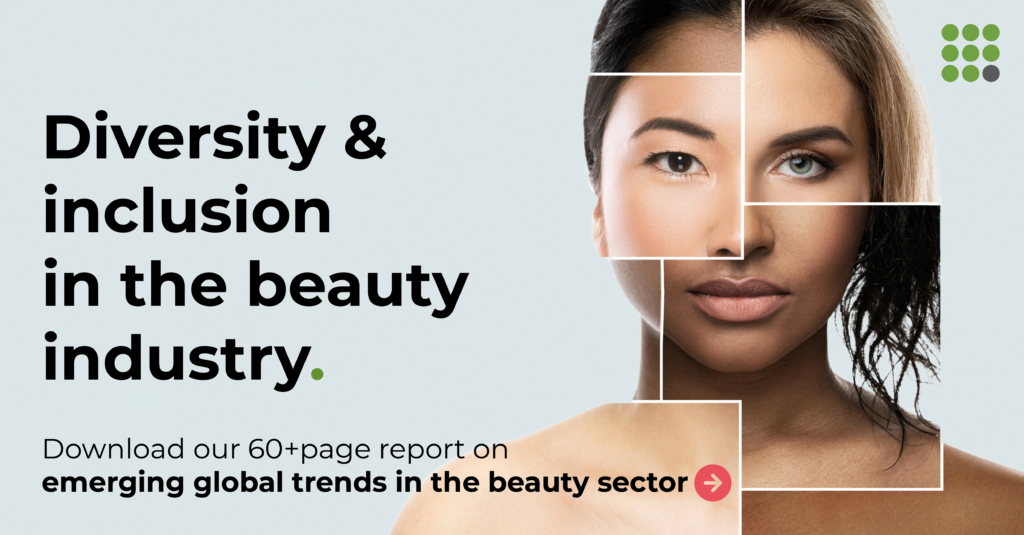
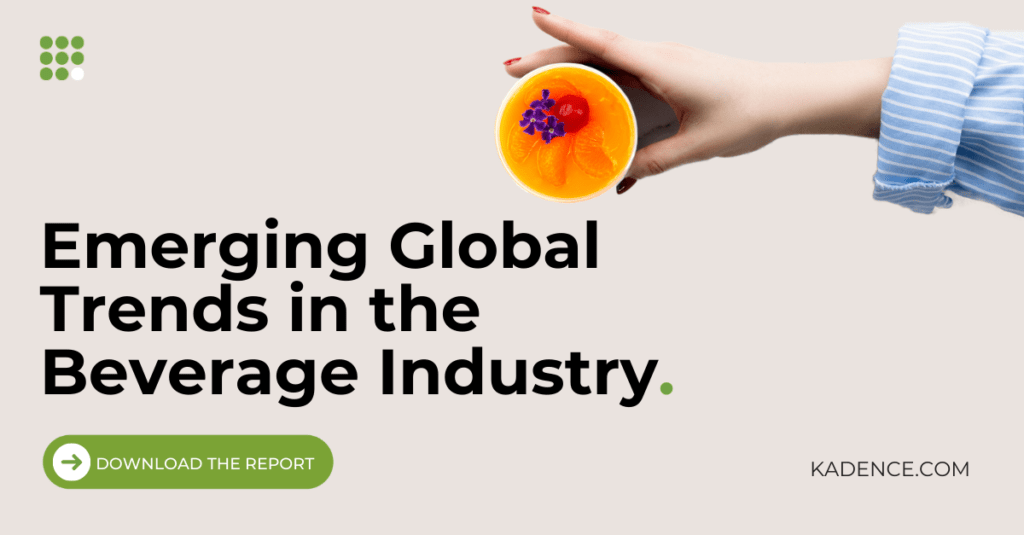
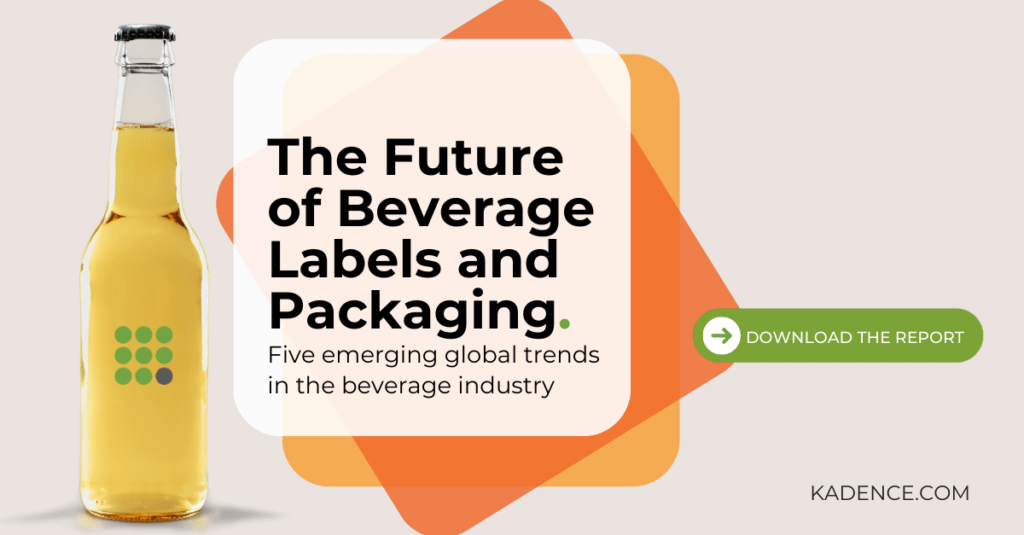
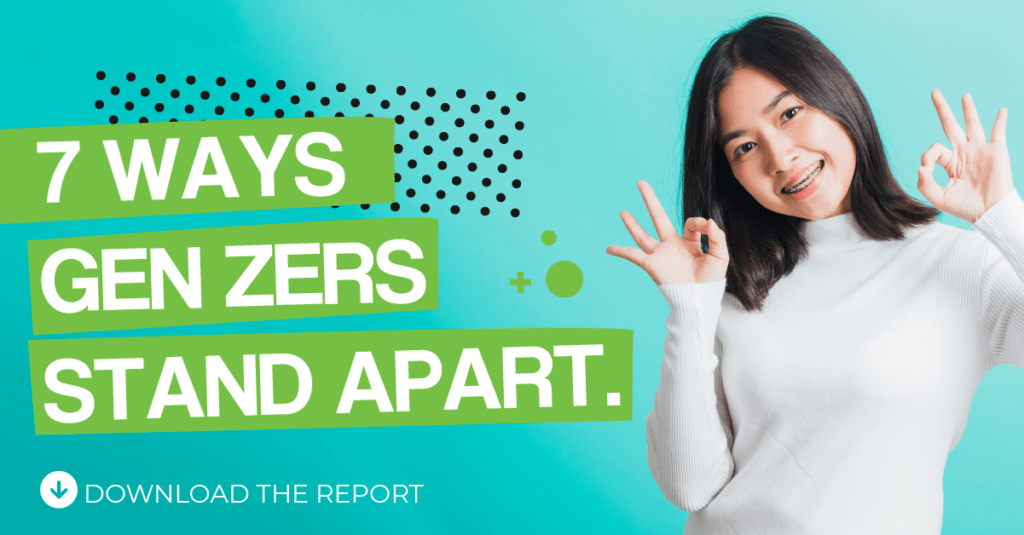
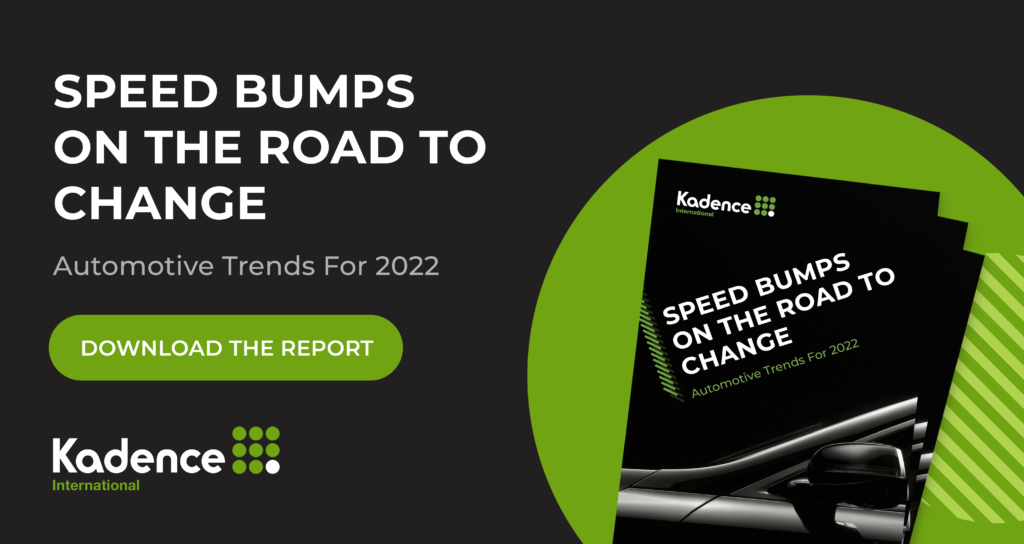
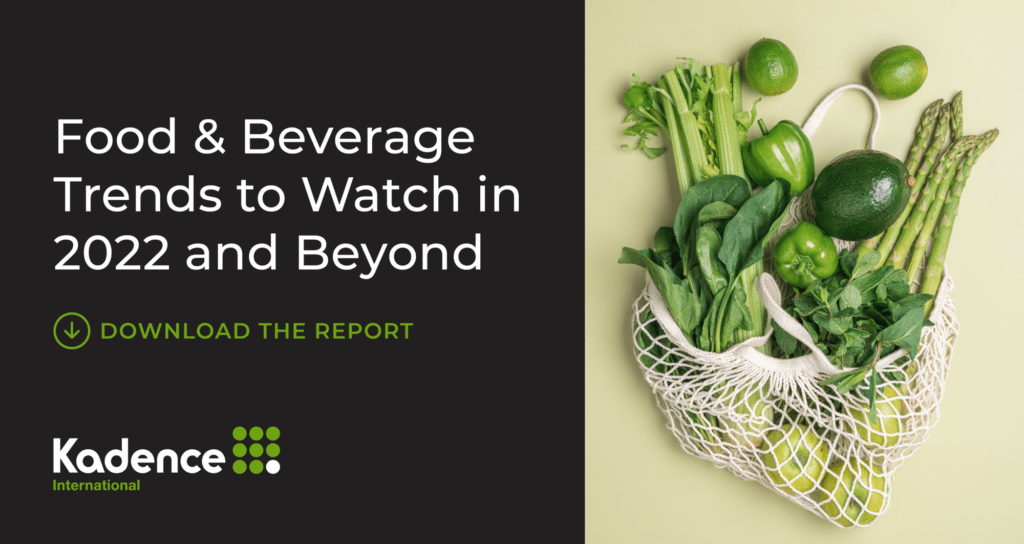

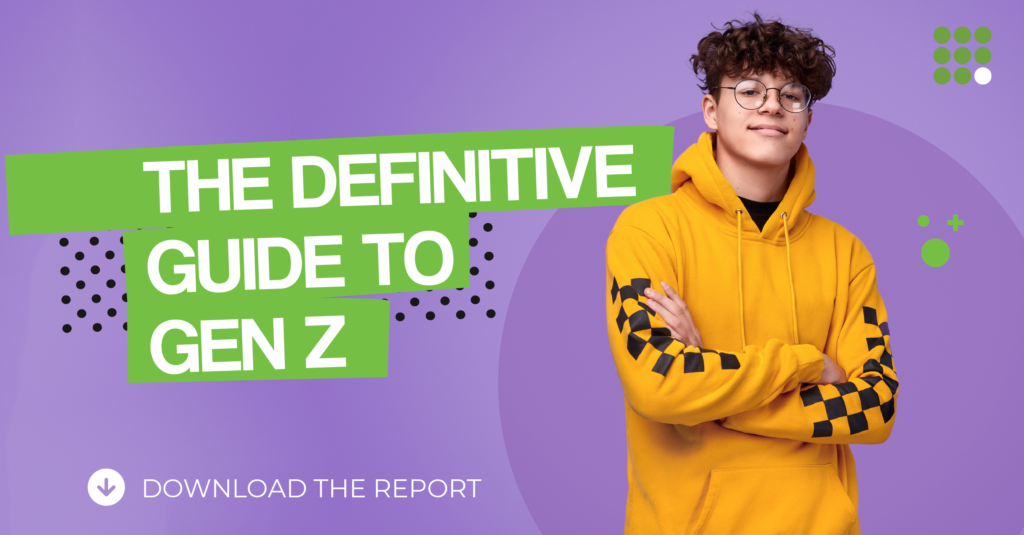
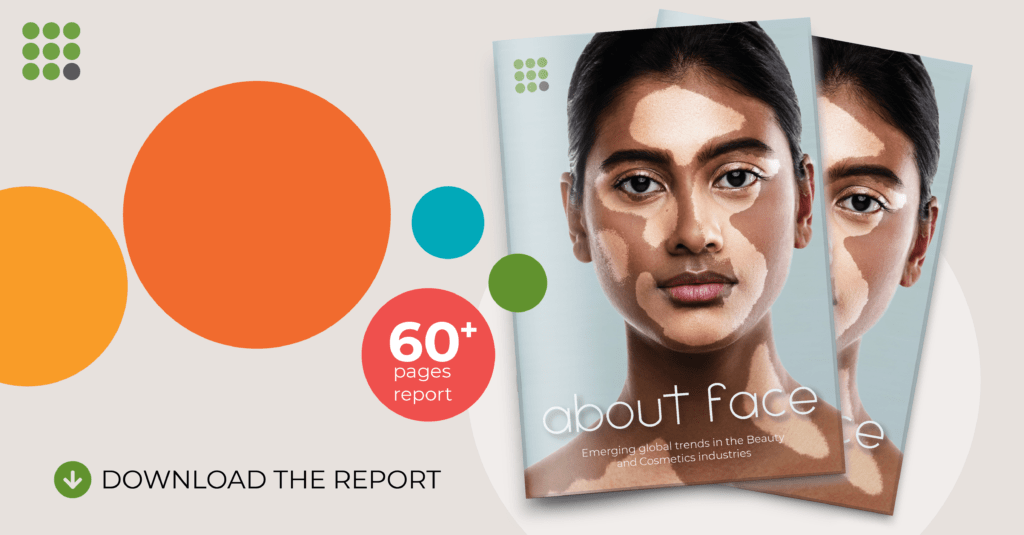
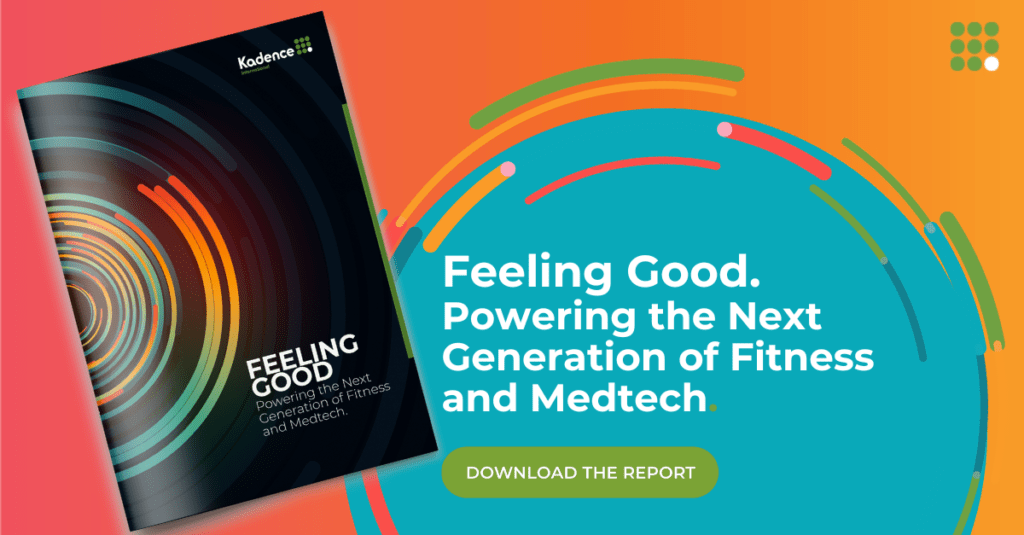

 Senior Marketing Executive
Senior Marketing Executive Sales & Marketing
Sales & Marketing General Manager PR -Internal Communications & Government Affairs
General Manager PR -Internal Communications & Government Affairs Vital Strategies
Vital Strategies
 Customer Intelligence Director
Customer Intelligence Director